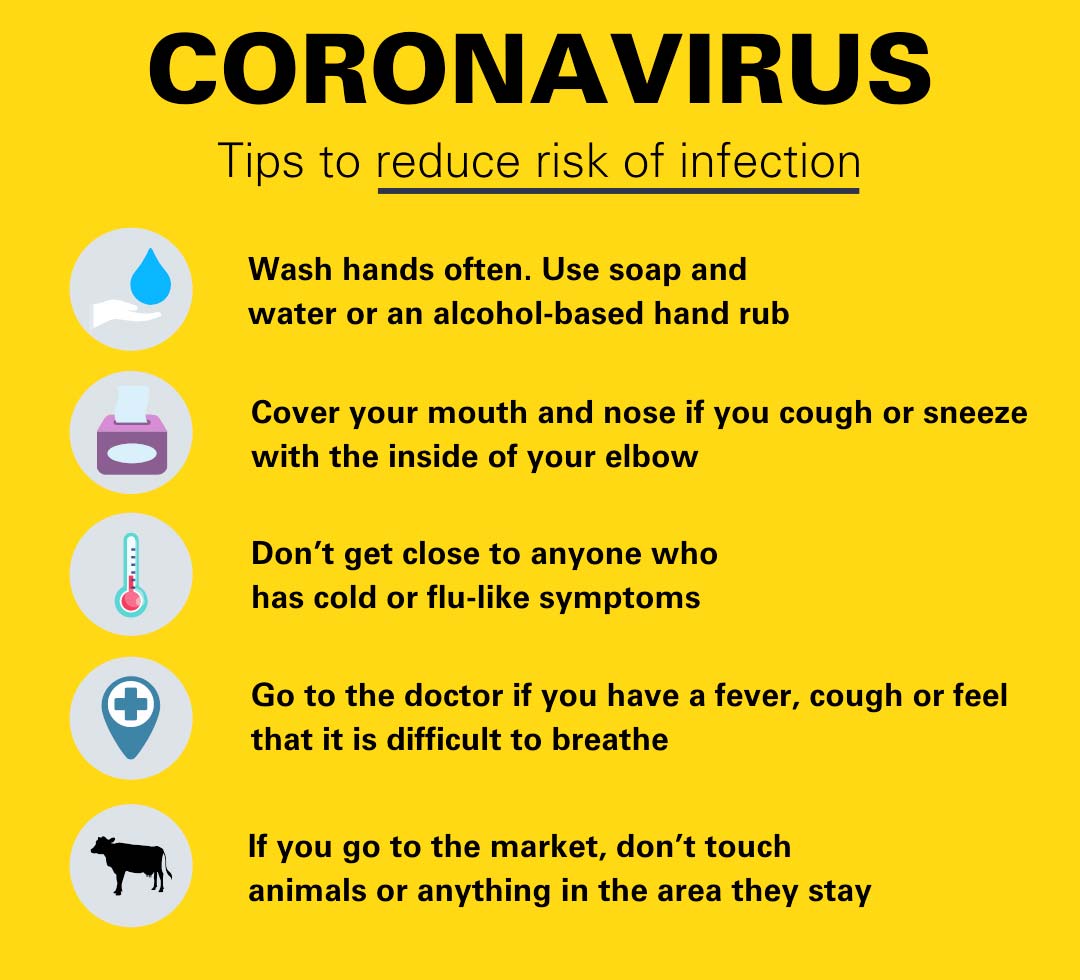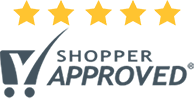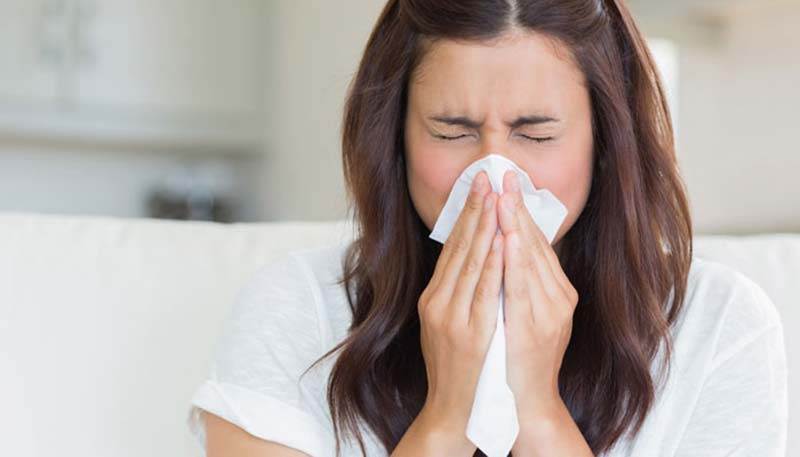Due to the alarming fast spread of Covid-19 all over the world, most of us begin to think and discuss: How long bacteria and viruses live outside the body. Don’t we?
Well. Covid-19 is a mixture of few strains of different Coronaviruses. We are living in a time of uncertainty. Research is still being on Covid-19 and a permanent treatment is yet to find.
But, now is the time for us to ponder more on these bacteria and viruses. Because a known enemy is better than an unknown one, isn’t it?
How long bacteria and viruses live outside the body?
These fellows survival and duration depend on many factors; the temperature of the environment, the surface, etc. Let’s find out more…
When we speak of bacteria, there are bad ones as well as good ones. Most beneficent bacteria we find are in our guts. We call them gut bacteria. These bacteria help us stay healthy. So, we don’t need to worry about them.
Good bacteria improve our brains and make us think better
Our brains will not function well without the help of god bacteria in our guts. Good bacteria produce Neurotransmitters and other chemicals. This, in turn, will improve our brain and brain power.
Not bad eh! So, we can say without fear our real brain is in our guts, LoL.
Many think that all viruses are bad. But, you know, a recent piece of information indicates that Scientists have begun to find viruses that are good for human life. So, let’s have some compassion for viruses. But, not the Coronavirus anyway!
Following is a table that shows some infections caused by bacteria and virus:
| Caused by Bacteria | Caused by Virus |
| Tonsilities | COVID – 19 |
| Urinary Tract Infections | Rabies |
| Pneumonia | Ebola |
| Tuberculosis | Zika |
| E. Coli | HIV |
| Septicaemia (Blood poisoning) | Flu |
| Listeria | Measles |
| MRSA | Polio |
| Strep Throat | Cold |
Let’s find out how long bacteria and viruses live outside the body.
1. Cold:
Colds are a bad result of many different types of viruses. Scientists say these viruses can survive on indoor surfaces for more than 7 days. But most of these fellows won’t last more than a few hours in the sunlight.
Viruses can survive longer on water- resistant surfaces like stainless steel, plastics, fiberglass etc. But, on porous surfaces such as fabrics, tissues, their life span is shorter. These viruses lose their full potential to cause harm after 24 hours. Yet, they may live for about 7 days.
Most cold viruses will survive only for a short time on our hands. Some may last a few minutes. But, 40% of rhinoviruses may survive on our hands for up to one hour. This rhinovirus is the main culprit for cold.
2. Flu:
Flu viruses can easily transfer to our hands. These fellows can survive on hard surfaces for up to 24 hours. But, on tissues and handkerchiefs, these flu viruses can stay only for 15 minutes.
Like cold virus, this flu virus can stay on our hands for a much shorter period. Their ability to cause harm will diminish after five minutes.
But, keep this in mind: Flu viruses can live longer as droplets in the air for several hours. And low temperatures are very good for their survival in the air.
Do you know what the Parainfluenza virus is? These viruses cause croup in children. But the danger is that this virus can last up to 10 hours on hard surfaces. And about four hours on soft surfaces.
3. Gastroenteritis or Stomach Bugs:
Bacteria such as salmonella, E-Coli, Clostridium difficile (C. difficile), and campylobacter as called stomach bugs. Also, norovirus and rotavirus belong to these.
Salmonella and campylobacter have a shorter life span on hard surfaces or fabrics; only 1-4 hours survival. Norovirus and C. difficile may survive for five months (not minutes, months). Also, norovirus can live on hard surfaces for days and weeks.
Suppose someone with norovirus vomits. Be mindful! This virus can spread in small droplets in the air. And these droplets will make it easy for the virus to settle on surfaces. So, if you have someone in your home with norovirus, it is better to keep the surfaces clean thoroughly.
You can remove most of these bugs effectively by using soap and water. A good practice to stop the spread of these bugs is to wash your hands regularly and thoroughly. Especially after going to the washroom and before preparing food.
4. Ebola:
Ebola is a dangerous and often death-causing virus. This virus is also known as “Ebola hemorrhagic fever”. This virus is originally transmitted to humans from wild animals. And human to human transmission is very fast and fatal.
About 50% of Ebola cases are fatal. But, the fatality rate of this disease has varied from 25% to 90%. That is why Ebola is so nasty.
This virus can transmit from blood or body fluids of a sick or dead person. Objects contaminated with vomit, blood or feces of dead or living Ebola patients are highly infectious.
Ebola can survive from 45 minutes to 2 hours and 20 minutes on stainless steel, plastic, and Tyvek surfaces. But blood or body fluids of a sick or dead person can last up to 9 hours.
5. Tuberculosis:
Tuberculosis is another infectious disease caused by the Mycobacterium tuberculosis (MTB) bacteria. This bacterium can cause fatal damage to the lungs. But other parts of the body are no exception for this bacterium; the brain and spine can also be damaged.

Image Credit: https://www.health.harvard.edu/
This bacteria spreads through the air just like the cold or flu or COVID-19. Be careful! When a sick person coughs, sneezes, talks, laughs or sings, these bacteria can spread in droplets. And it can stay in the air for a long time. Standing in the vicinity of one or two-meters is not healthy at all. So, when you breathe in, these rascals can get into you and make you sick.
This bacterium can survive up to six months outside the human body. Tuberculosis bacteria can transmit from dust particles too. The survival of this bacteria is much longer in dark or dusty areas. But direct sunlight will destroy the bacteria very fast.
6. Coronavirus:
Coronavirus was found in the distant past of 1962 – 1964. And scientists and virologists have been studying this virus since then. But, what is in focus now is COVID-19, a mixture of some strains of Coronaviruses.
The most common Coronaviruses are:
- 229E (Alpha)
- NL63 (Alpha)
- OC43 (beta)
- HKU1 (beta)
Suppose you get infected with this virus. These viruses can stick to your cells, get inside, and make copies of their RNA. This will cause a speedier spread in the body. Sometimes their copying goes wrong. Scientists call this “mutation”.
The danger is that this virus can stay in the air for up to 3 hours, especially in an airtight room. When a person sneezes, talks or coughs, COVID-19 can spread. As a preventive measure, doctors advise social distancing (maintaining one or two-meter distance between two people.
These viruses landing on surfaces could live long enough to make people sick unknowingly for some time. Coronavirus can survive up to 24 hours on surfaces such as cardboard or paper. And on plastics and steel, it can stay alive for up to 2 or 3 days. Anyone in contact with the infected objects can easily get sick by touching their eyes, mouth or nose.
But, so far it is not clear if this Coronavirus can transmit through food. Don’t know until further research is done and new information is found.
So, what should we do to stay safe from these bacteria and viruses, especially Coronavirus?
I know it’s not always possible to avoid catching coronavirus. But we can reduce the risk of getting infected. Also, we can make others safe from the Coronavirus (COVID-19). Here are some steps that we should follow:
- Wear a face mask so that droplets containing the virus will not go out. Also, the virus will not get in from the air.
- If you are not wearing a mask, cover your cough or sneezing with the inside of your elbow.
- Wash your hands regularly and thoroughly with soap and water or a sanitizer. You must do this
- After going to the washroom.
- After traveling, especially in public transport.
- Before and after going to the mall.
- Before preparing food.
- Before taking meals.
- After going to a public place etc.
- Try to avoid public, crowded areas as much as possible.
- If you feel sick, like flu or cough or fever, it is most appropriate that we stay home and away from our loved ones.

Image Credit: https://www.unicef.org/
With the ongoing scientific research, we would know more about How long bacteria and viruses live outside the body. Until then, it is advisable and safe for all of us to keep on looking for more information on Coronavirus infection and follow the preventive measures completely and honestly.









